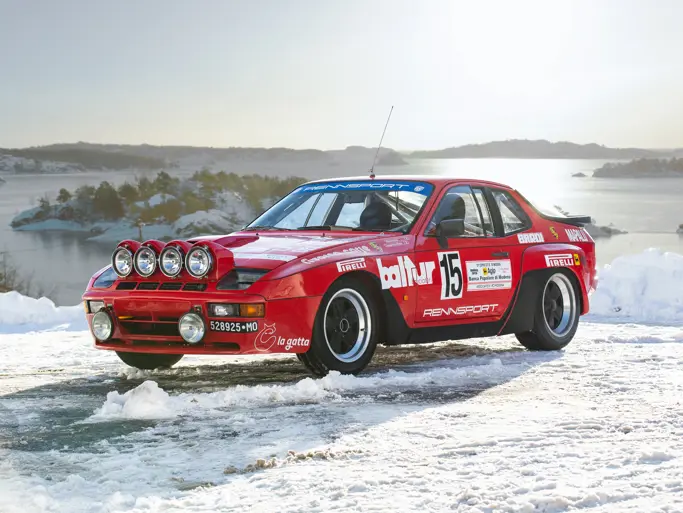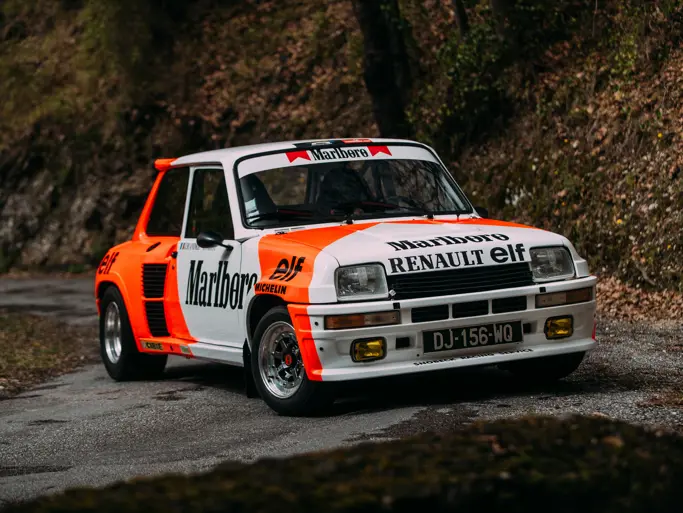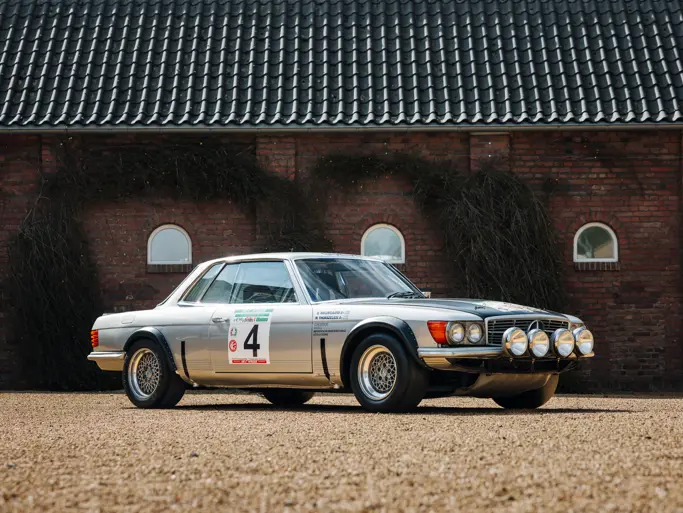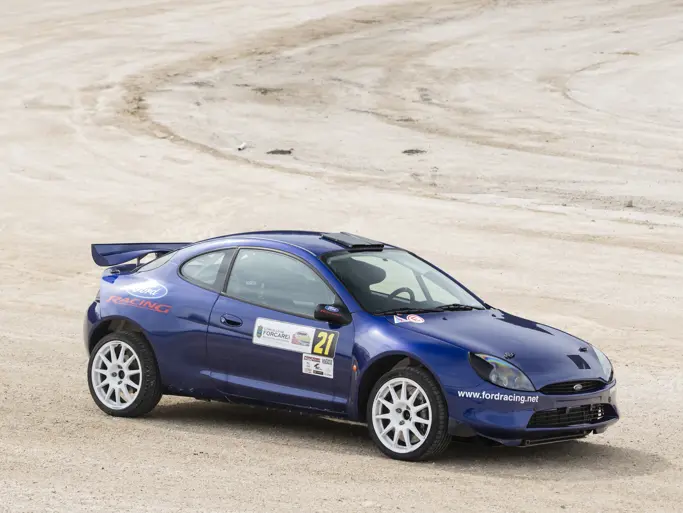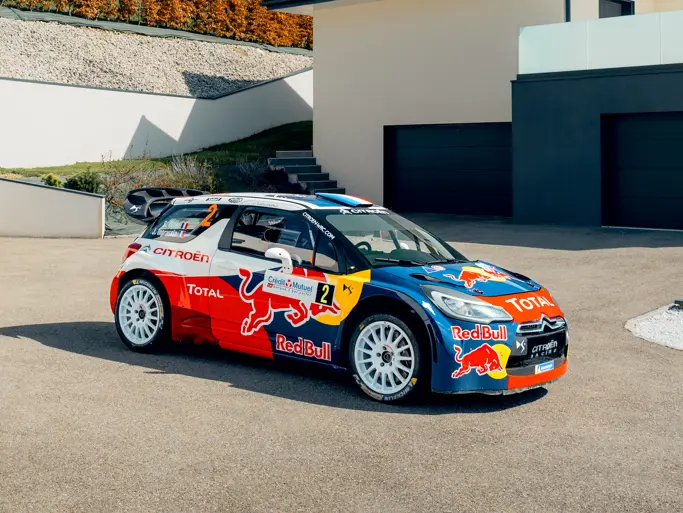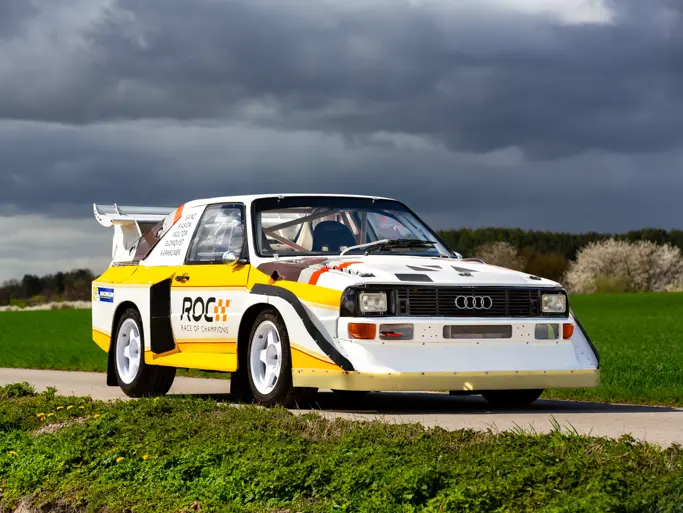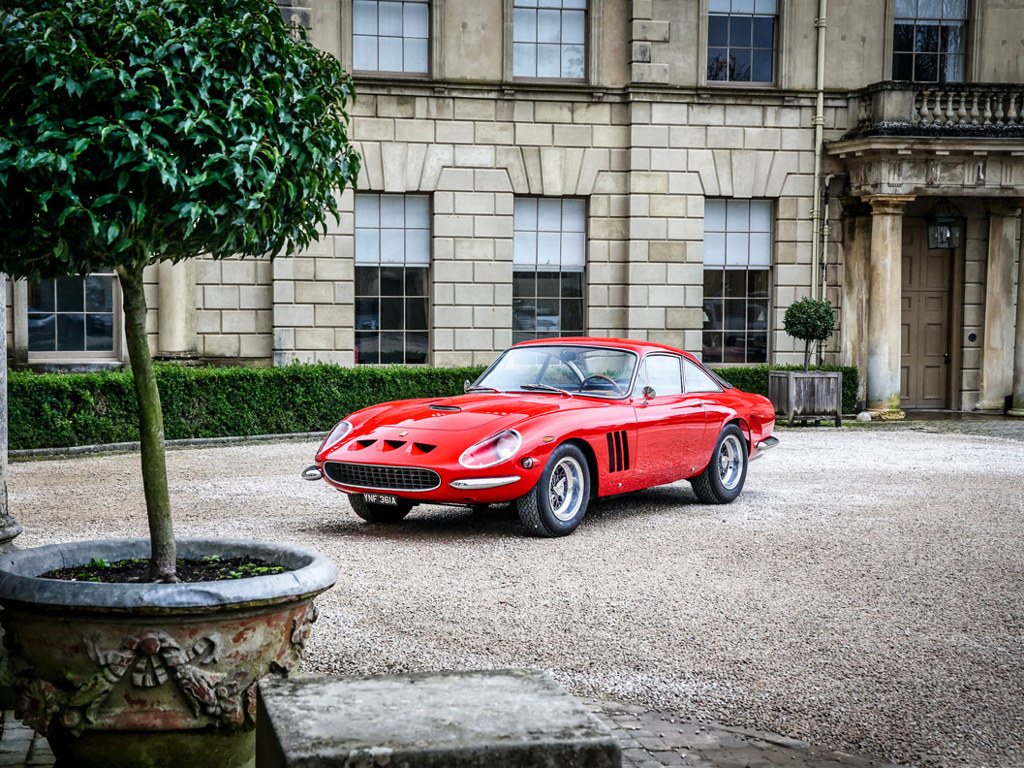Rally racing is one of the ultimate tests of endurance—not only for the cars taking on the most varied of terrains, but also as a trial for drivers and co-drivers themselves. These courses can rattle a driver, and their car, to the core. Dakar, one of the most internationally recognized rally competitions, still remains one of the most grueling, as teams complete thousands of kilometers in the sweeping, brutal, and often, unforgiving desert landscape. To see any bit of success with a podium or championship win is an incredible feat, but even making it to the final stage and crossing the line is a feat most can appreciate. Not every car is granted that kind of ending.
The six rally cars shared below were born of diverse backgrounds and built to conquer specific disciplines of rally sport, which differ greatly in names, terrain, and classes around the world, from region to region. Yet, each has a significant story in the timeline of rally history, and if they didn’t take part directly in the taking of a championship title, they certainly helped to pave the path for the drivers who would.
A Winning German amid a Sea of Italian Racers
1981 Porsche 924 GTS Club Sport ‘Group B’
Porsche’s 924 model began life rather humbly as a project between Volkswagen and Audi to make an entry-level vehicle for the Porsche brand, to replace the aging 914, and on the competitive racing side, eventually the 936. Although the 924 was neither intended nor purpose-built for racing, it only took two years of production before Porsche decided to solve its competition issue with the 936 and possibly garner more customer interest in the 924 by entering the front-engined machine in FIA’s highly competitive Group 4 endurance racing series. Such a feat required Porsche to build 400 models of this stripped-out and incredibly modified Carrera GT to meet homologation requirements. The 924’s racing evolution continued, getting faster and lighter with each sporty iteration. The 924 Carrera GTS gained 35 brake horsepower, improved brakes and drivetrain, and a considerable weight reduction over the GT. But the creme de la creme of the 924 variants was its Carrera GTS Club Sport—said to be the fastest production car Porsche had ever built at the time it was unveiled. Only 15 were produced, featuring an increased displacement of 2093 cubic centimeters, a lighter weight of now 1,060 kilograms (compared to 1,121 kilograms for the GTS), and an output of 270 brake horsepower.
The GTS Club Sports were incredibly exclusive, only being offered to special customers interested in competing or obtaining a rare model. This particular example went on to compete, specifically in the over 2.0-litre Group B category, with entries into Italian rallies throughout the 1982 and 1983 seasons. Its major class victory was obtained in 1982 under the guise of the Sportwagen racing team, with Luigi Mazzoni behind the wheel and Adriano Castagnara as co-driver. The two managed to take the number 16 924 to 11th overall and 1st in class, proving that the Germans could bring a fight to the Italians it competed with.
When Renault Formula 1 Team Bosses Allowed
Alain Prost a Go at Rallying
1982 Renault 5 Turbo Group 4
This Renault 5 Turbo’s Marlboro Livery is no coincidence, as it was thanks to its driver, then Formula 1 driver Alain Prost and his Marlboro sponsorship for his Equipe Renault Elf F1 drive. Prost was in his third year in the top-tier of motorsport, with five victories under his belt, when he found an opportunity to compete in something understandably completely different—taking on the Rallye du Var as part of the French Rally Championship. Having secured the number 5 Renault as his competition steed, he partnered with co-driver Jean-Marc Andrié to make it through the first stage, tying for seventh place. But the Marlboro Renault would retire in the second stage after a modification, done by Prost, made for a sticky accelerator pedal that made the car unmanageable.
Prost of course wanted to continue to compete, but his Renault F1 team bosses wouldn’t allow it. So the Renault would find a home with Michel Neri, who homologated it for Group B and went on to compete in 28 different competitions from 1983-1989, including a podium at the 1984 Rallye du Maquis with first in the Group B class and 3rd overall at the next year’s Rallye du Marquis.
A Rally-Winning First for the WRC and Mercedes-Benz
1979 Mercedes-Benz 450 SLC 5.0 ‘Rallyewagen’
By the late 1970s, Mercedes-Benz had been absent from top-tier racing platforms like Formula 1 and sports car competition for nearly two decades, but the manufacturer was still eager to put its cars through the appropriate paces for testing via racing. Mercedes-Benz would look to the grueling competition of the World Rally Championship and announced a homologation of its 450 SL to do it. The resulting 450 SLC 5.0 would far from disappoint.
Only seven of these cars were produced—each equipped with a specially developed automatic transmission paired to a new, all-aluminum 5.0-litre V-8. This car would be completed in 1979, and shortly after making its competition debut at the 1979 Bandama Rallye Côte d’Ivoire. The Mercedes-Benz Works team entered four cars in this rally, and the one we’re most focused on is the number four, piloted by Björn Waldegård and Hans Thorszelius. The two drivers and the number four car would battle the five-day event to finish 2nd overall. Mercedes-Benz would clinch a 1-2-3-4 overall finish, becoming the first manufacturer to win a WRC rally powered by a V-8 engine and an automatic transmission. The second-place finish would also see Waldegård with enough points to earn him the 1979 World Rally Drivers’ Championship.
The number four 450 SLC would be a world traveler from there, competing in the 1980 Marlboro Safari Rally in Kenya, where Vic Preston Jr. and John Lyall brought the car home for a 3rd-place finish. It then served as a training car in Argentina briefly before it was sold to a Belgian racing team and modified to compete at the 24 Hours of Spa. It would return to Europe for the 1982 and 1983 Spa 24 Hours, and a few rounds of the 1983 European Touring Car Championship before its retirement.
An Original Puma Rally Car Driven by a Future WRC Champion
1999 Ford Puma S1600
Ford’s latest hybrid Puma Rally1 car taking on today’s rally circuits isn’t the first Puma to take on the challenging racing series. Back in the late 1990s, Ford’s Essex-based specialist motorsport division was tasked with making a rally-specification kit car based on one of its roadgoing models. The Puma was selected and configured appropriately to sell two different kit versions, the S1400 and S1600—the latter was fitted with a larger wheel track for wider wheels and tires in order to meet FIA regulations.
Ford registered this Puma S1600 in 1999 and entered it in the Memorial Bettega, a closed-circuit rally race held during the Bologna Motor Show in Bologna, Italy with a young French driver by the name of Sébastien Loeb. Loeb was only a few years into his rally racing efforts after leaving his career as a champion gymnast. He’d later go on to win the Junior World Rally Championship in 2001 and become a nine-time World Rally Drivers’ Championship winner—a record that has yet to be matched or surpassed (Sébastien Ogier is the closest with eight to his name).
Loeb wasn’t the last to drive it. In 2000 it would race with the Carlos Sainz Junior Team in the Rally Meditteráneo-Airtel for a 20th overall finish and 9th in class, and later in the Sanremo Rallye finishing 40th overall, 4th in class.
Citroën Seats the Next Most-Successful World Champion Rally Driver
2011 Citroën DS3 WRC
In 2011, Citroën had already enjoyed quite a stretch of success in the World Rally Championship, having accompanied Sébastien Loeb on seven of his Drivers’ Championship titles. Loeb had already driven two different Citroëns to victory in those years and would take on a third to earn his eighth and ninth championships—Citroën’s DS3 WRC.
This DS3 would join the first round of the 2011 WRC Championship in Sweden, with a young Sébastien Ogier behind the wheel, and co-driver Julien Ingrassia. Ogier won four races in the Championship series that season in Portugal, Greece, Germany, and France, coming in third behind Loeb’s Drivers’ Championship win, and establishing himself as a driver to watch (He’d start his eight-time World Rally Championship conquest in 2013 with Volkswagen).
Ogier would leave Citroën for Škoda for the 2012 season, and in his place driver Mikko Hirvonen would place 2nd overall in the Drivers’ Championship behind Loeb. The DS3 went on to contest seven more WRC events from 2015 to2017 with Stéphane Lefebvre.
The Rallying Champion of Champions
1985 Audi Sport quattro S1 E2
Audi was already sporting a rallying crown coming into the 1984 season with three Drivers’ and Manufacturers’ World Championships. But the German manufacturer needed something more to remain a dominating and competitive threat, so it introduced its Sport quattro. The first iteration of this new machine was a handful, with even Audi’s own 1984 World Champion driver Stig Blomqvist avoiding the car as much as possible until he had the championship locked down. The shorter wheelbase combined with incredible power output made it rather unwieldy in this first iteration, resulting in Audi going back to the drawing board to make a second version. The result was the quattro S1 E2, which upon reveal was a blisteringly fast, powerful, and most importantly, dominant Group B racer.
The S1 E2’s glory was short-lived though, having a chance in 1986 at Rallye de Portugal under the direction of two-time WRC champion driver Walter Röhrl. The rally was cut short after a tragic accident—foreshadowing what was to come of the career of the S1 E2 and many of the cars it competed against in the class. Changes in specifications would outlaw the car from Group B competition indefinitely. But this 1985 S1 E2 found another home for competition with the Race of Champions. There, it would star in the 1989 ROC at Nüburgring, and again at the 1990 ROC event in Barcelona, wielded by some of the biggest names to have raced the World Rally Championship—Björn Waldegård, Walter Röhrl, Ari Vatanen, Hannu Mikkola, Stig Blomqvist, Timo Salonen, Juha Kankkunen, Miki Biasion, and Carlos Sainz, as well as WRC runner-up Michèle Mouton. While it wasn’t able to demonstrate its might on the World Rally circuit, it certainly became a legend through the ROC, where it shined in the hands of the WRC’s legendary drivers themselves.
View all the Rallying Cars on offer at our 2024 Monaco sale here.


